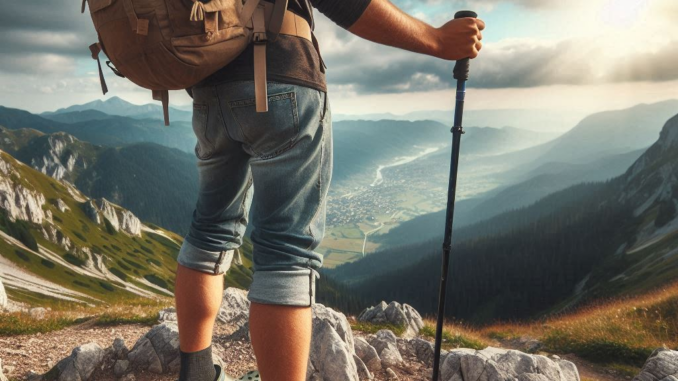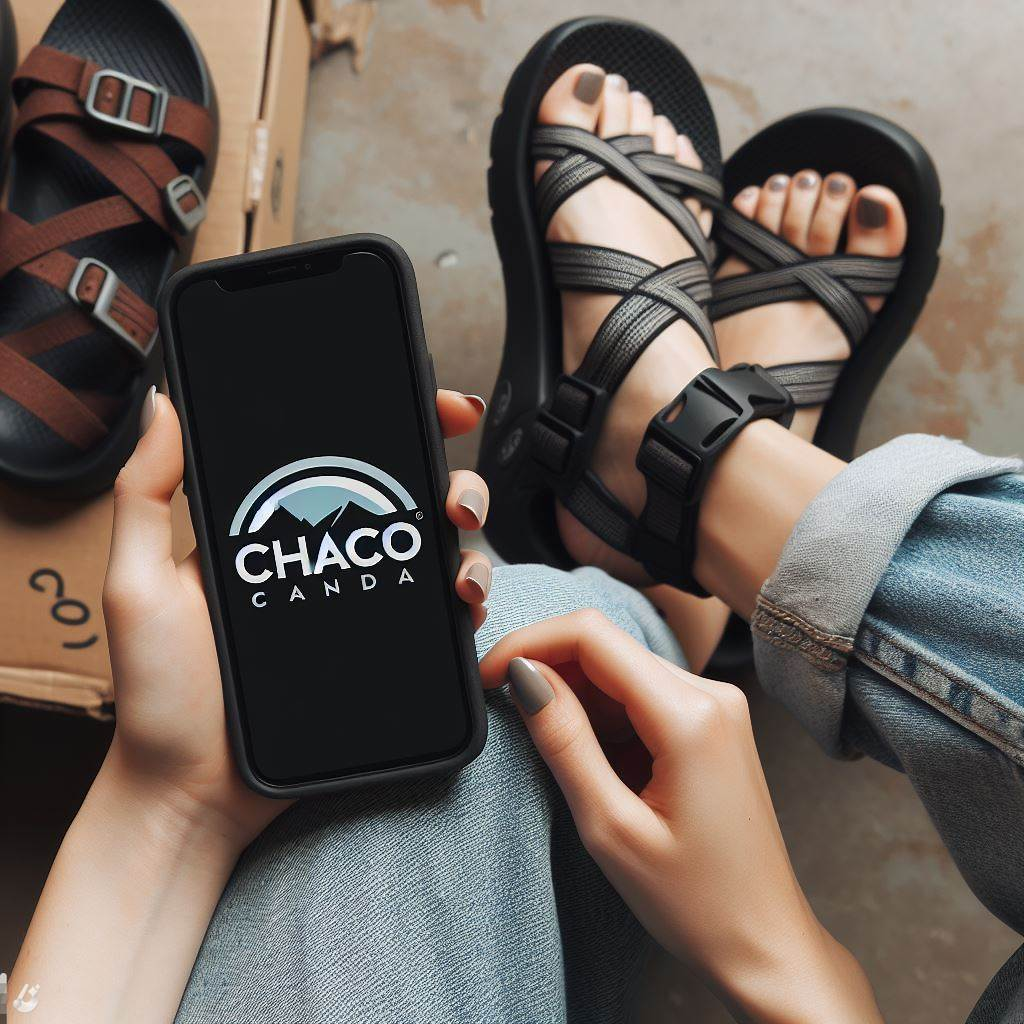
Can You Hike in Crocs?
Hiking is a beloved outdoor activity that lets us connect with nature and challenge ourselves. But when it comes to hitting the trails, one burning question has sparked heated debates among outdoor enthusiasts: can you hike in Crocs? These quirky, comfy clogs have a dedicated fan base, but are they up to the task of conquering rugged terrain? Let’s dive into this controversial topic and uncover the surprising truth about hiking in Crocs.
Quick Answer: Can You Hike in Crocs?
Yes, you can hike in Crocs, but it’s not ideal for all situations. Crocs can work well for short, easy trails, water hikes, and as camp shoes. However, they lack the support, protection, and traction needed for challenging terrain or long-distance hikes.
The Crocs Craze: Why These Clogs Are Catching On
Before we hit the trails, let’s take a quick look at why Crocs have become so popular. These funky foam clogs burst onto the scene in the early 2000s and quickly gained a cult following. Here’s why folks are crazy about Crocs:
- Comfort: The squishy Croslite™ material molds to your feet, making them feel like walking on clouds.
- Lightweight: You’ll hardly notice you’re wearing them – they’re as light as a feather!
- Easy to clean: Just hose ’em down, and they’re good as new.
- Versatile: From beach to street to backyard, Crocs go everywhere.
- Quick-drying: Perfect for water activities or unexpected rain showers.
Now that we know why people love Crocs, let’s explore the pros and cons of taking these comfy clogs on the trail.
The Upside: Pros of Hiking in Crocs
Believe it or not, Crocs do have some advantages when it comes to hiking. Here’s what makes them appealing for trail adventures:
- Comfort for days: The soft, cushy footbed can make short hikes a breeze.
- Breathability: Those holes aren’t just for looks – they keep your feet cool and sweat-free.
- Lightweight champion: Your feet won’t feel weighed down, even after miles on the trail.
- Water-friendly: Crocs shine in wet conditions, making stream crossings a piece of cake.
- Quick on, quick off: Easy to slip on and off at rest stops or campsites.
- Packability: They barely take up any space in your backpack as a backup pair.
The Downside: Cons of Hiking in Crocs
While Crocs have their perks, they’re not without drawbacks when it comes to hiking. Here are the potential pitfalls:
- Slippery when wet: The smooth soles can turn into slip-n-slides on wet rocks or muddy trails.
- Lack of ankle support: Your ankles are on their own, which can spell trouble on uneven terrain.
- Minimal protection: Sticks, rocks, and other trail hazards can easily poke through the holes.
- Not built for distance: The lack of arch support can lead to tired, achy feet on longer hikes.
- Cold weather woes: Crocs offer little insulation, leaving your toes chilly in cooler temps.
- Durability concerns: The soft material may wear down quickly on rough trails.
A Tale from the Trail: My Crocs Hiking Adventure
Let me share a personal story that might shed some light on the Crocs hiking debate. Last summer, I decided to test the waters (literally) by wearing my trusty Crocs on a short coastal hike. The trail was a mix of sandy beaches, rocky shoreline, and forest paths – perfect for putting these controversial hikers to the test.
“The hike started off great. My feet felt comfy and cool as I strolled along the beach. The Crocs handled the sand like champs, and I loved how easy it was to shake out any pebbles that snuck in. When I reached the first stream crossing, I was grinning from ear to ear. While other hikers gingerly picked their way across slippery rocks, I splashed right through without a care in the world.
But my Crocs confidence was short-lived. As soon as I hit the rocky section of the trail, I realized I was in for a challenge. The smooth soles offered about as much grip as a greased-up banana peel. I found myself doing an awkward shuffle-dance to avoid slipping, and my toes were on high alert for any incoming rocks or roots.
By the time I made it back to the trailhead, my feet were tired and a little banged up. While I had to admit the Crocs were great for the beach and stream crossings, I was relieved to change into my regular hiking shoes for the drive home.”
This experience taught me that while Crocs can be great for certain aspects of hiking, they’re not a one-size-fits-all solution for every trail adventure.
When to Say “Yes” to Crocs on the Trail
Despite their limitations, there are times when Crocs can be a good choice for hiking. Consider packing your Crocs for these scenarios:
- Beach walks: Perfect for strolling along the shore and dealing with wet sand.
- Short, easy trails: Flat, well-maintained paths are Croc-friendly territory.
- Water hikes: If your trail involves lots of stream crossings or wading, Crocs can shine.
- Camp shoes: They’re great for lounging around the campsite after a long day of hiking.
- Hot weather hikes: Keep your feet cool and comfy on scorching summer days.
When to Leave the Crocs at Home
On the flip side, there are definitely times when Crocs should stay in the closet. Skip the Crocs for these hiking situations:
- Rocky or technical trails: You’ll want better traction and protection on challenging terrain.
- Long-distance hikes: Your feet need more support for those epic treks.
- Cold weather adventures: Keep those toes toasty with insulated hiking boots instead.
- Heavy pack hauls: When you’re carrying a lot of weight, proper hiking shoes are a must.
- Wildlife-heavy areas: You’ll want closed-toe shoes to protect against critters and thorny plants.
Crocs Alternatives: Other Options for Comfy Hiking
If you love the idea of Crocs’ comfort but need something more trail-worthy, consider these alternatives:
- Trail runners: Lightweight, breathable, and designed for varied terrain.
- Hiking sandals: Offer more support and traction than Crocs while keeping your feet cool.
- Water shoes: Great for hikes with lots of water crossings.
- Minimalist hiking shoes: Provide a natural feel with more protection than Crocs.
- Crocs All-Terrain: A more rugged version of the classic Croc, designed for outdoor use.
Tips for Hiking in Crocs (If You Dare)
If you’ve weighed the pros and cons and still want to give Croc-hiking a try, here are some tips to make your adventure more enjoyable and safe:
- Start small: Test your Crocs on short, easy trails before tackling anything challenging.
- Wear socks: This can help prevent blisters and provide a bit more warmth and protection.
- Use the strap: Keep that heel strap in place for better stability on the trail.
- Bring backup shoes: Pack a pair of sturdier shoes in case the trail gets too tough for Crocs.
- Be extra careful: Take it slow and watch your step, especially on slippery or uneven terrain.
- Check the weather: Avoid wearing Crocs in cold or excessively wet conditions.
The Verdict: Can You Hike in Crocs?
So, can you hike in Crocs? The answer is a cautious yes – but with plenty of caveats. While Crocs can be comfortable and convenient for certain types of hikes, they’re not the best choice for serious trail adventures. They lack the support, protection, and traction that traditional hiking shoes provide, which can lead to discomfort or even injury on challenging terrain.
That said, Crocs can be a fun and comfortable option for short, easy hikes, especially those involving water. They’re also great as camp shoes or for quick nature walks. The key is to know your terrain, understand your own hiking abilities, and make smart choices about when and where to wear your Crocs on the trail.
Remember, the best hiking shoe is the one that keeps your feet comfortable and safe while you enjoy the great outdoors. Whether that’s a pair of Crocs or traditional hiking boots depends on your specific needs and the trail ahead. Happy hiking, and may your adventures be as colorful and unique as a pair of Crocs!


Leave a Reply